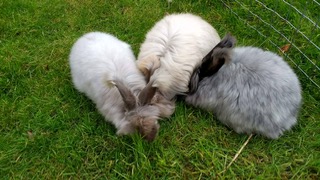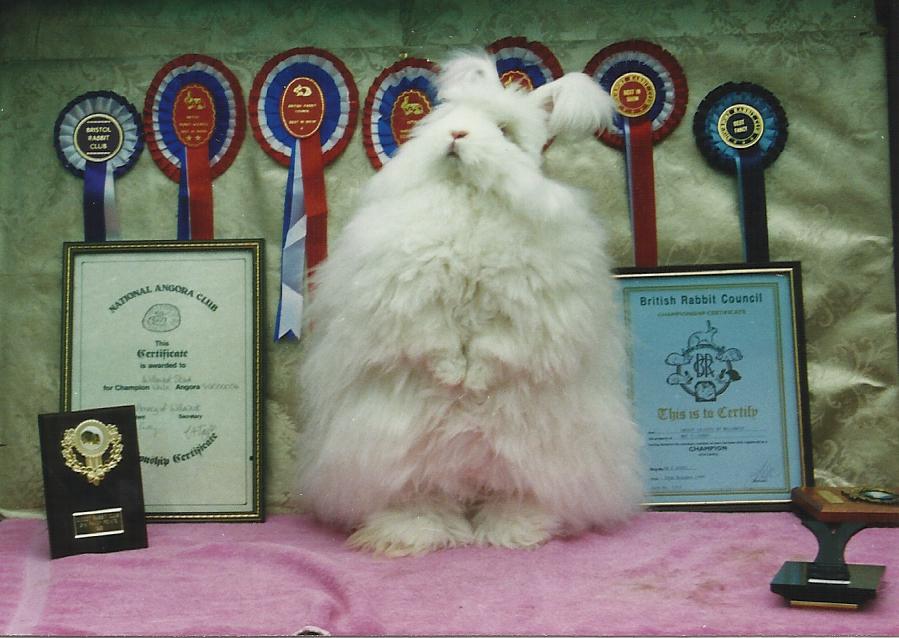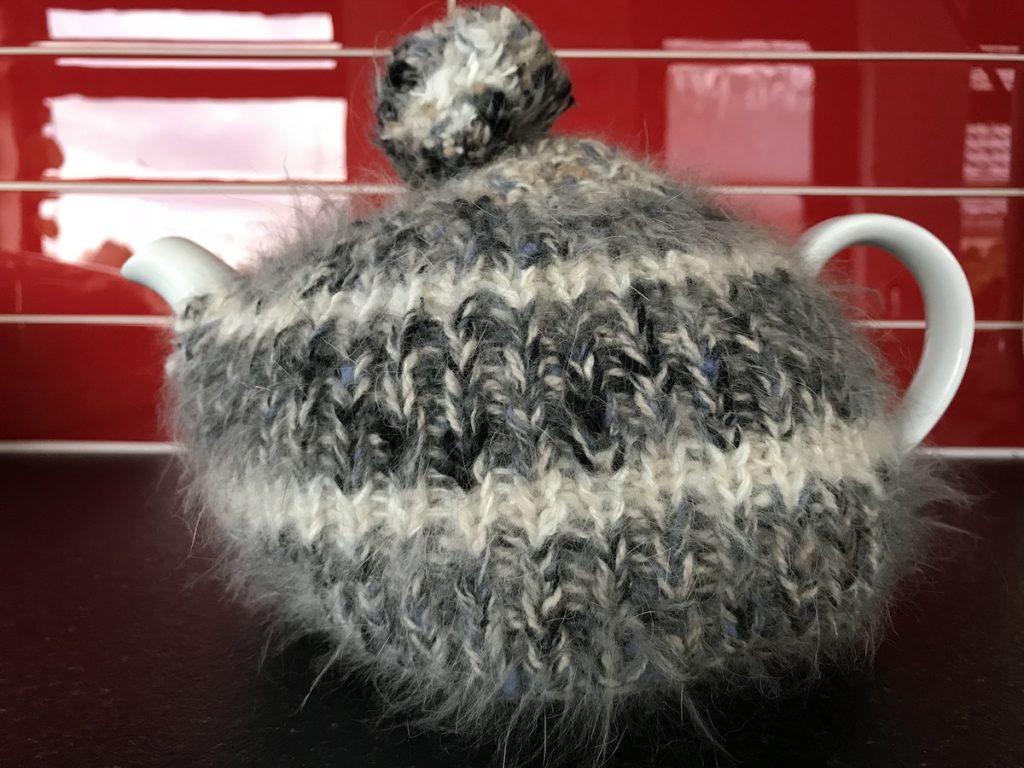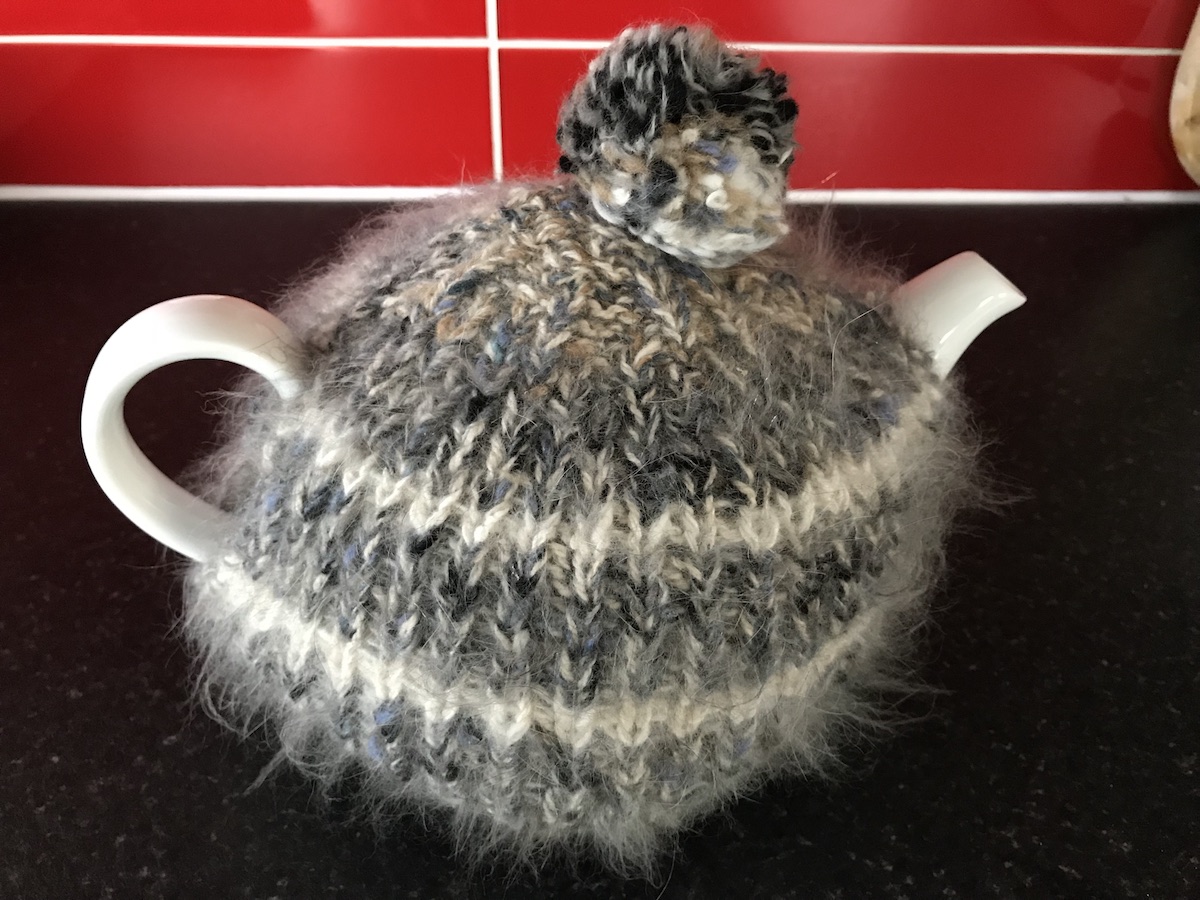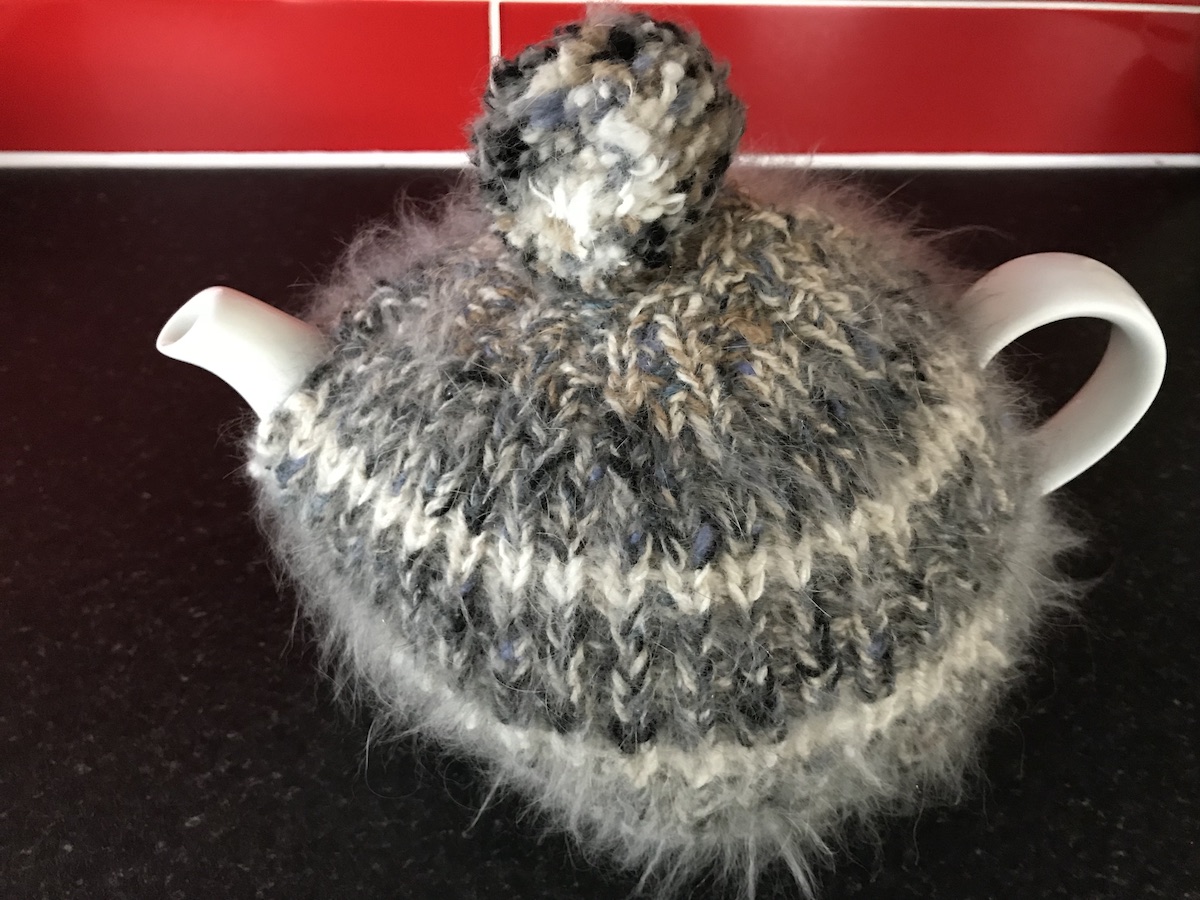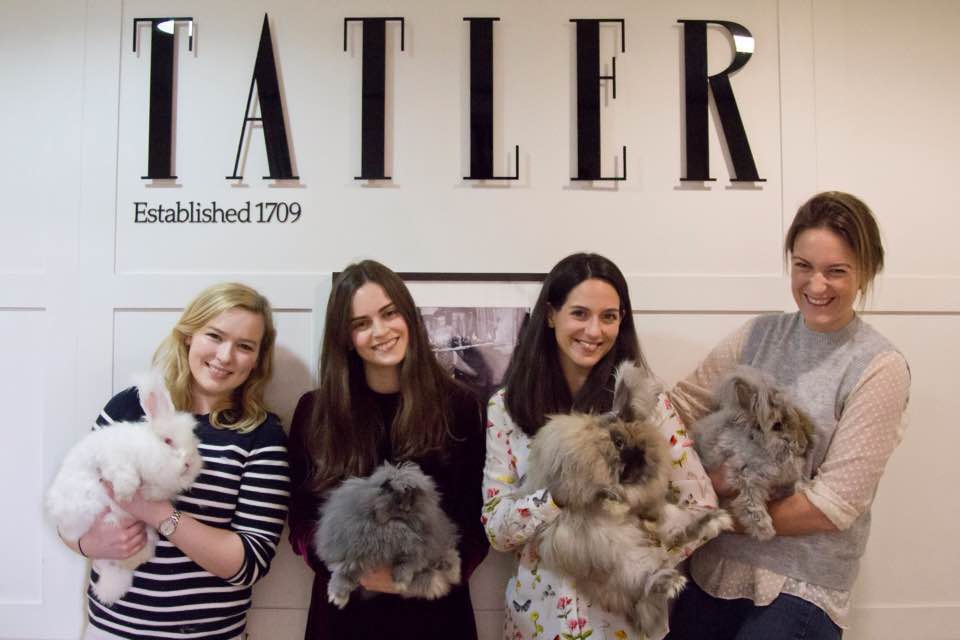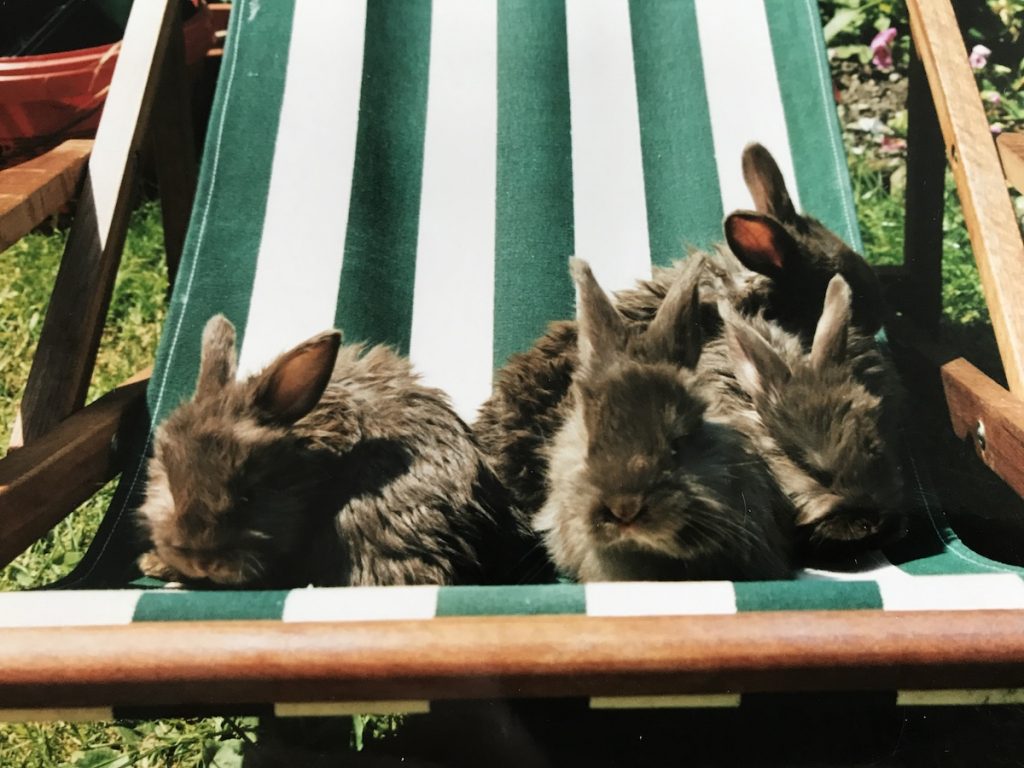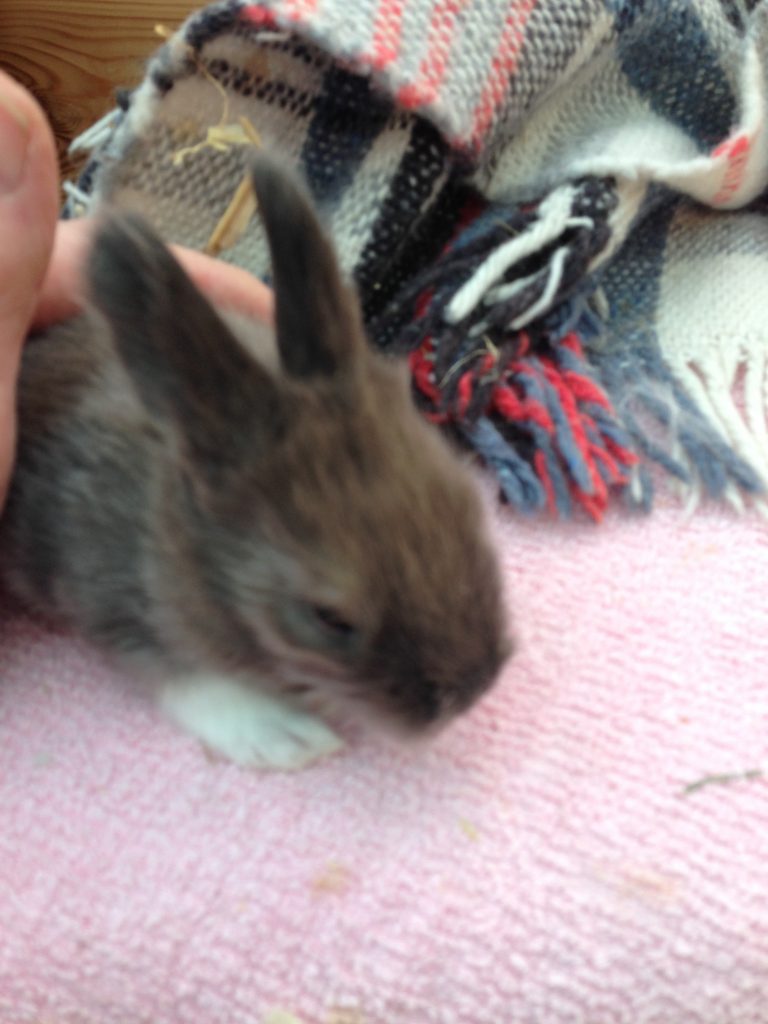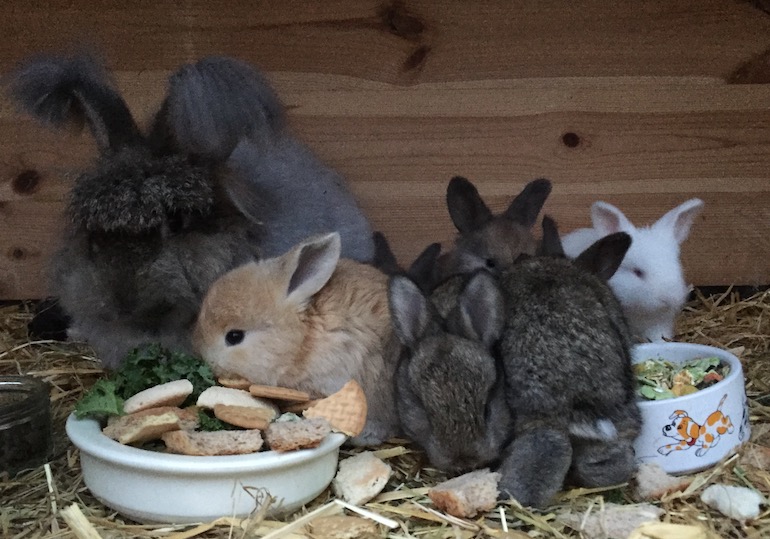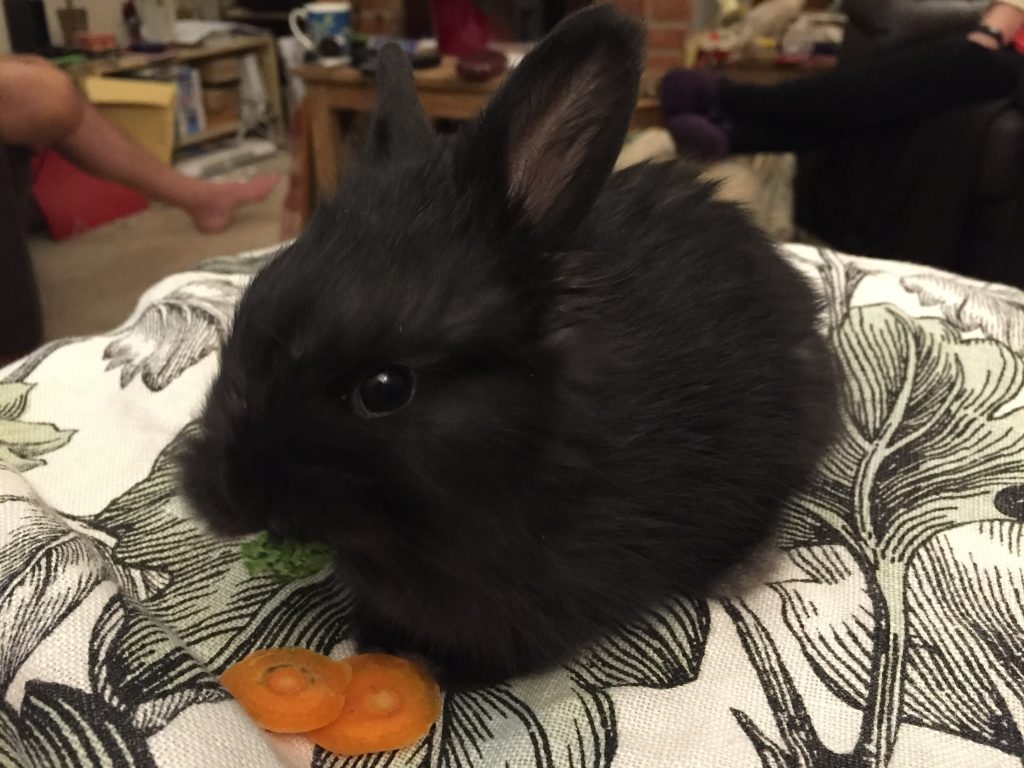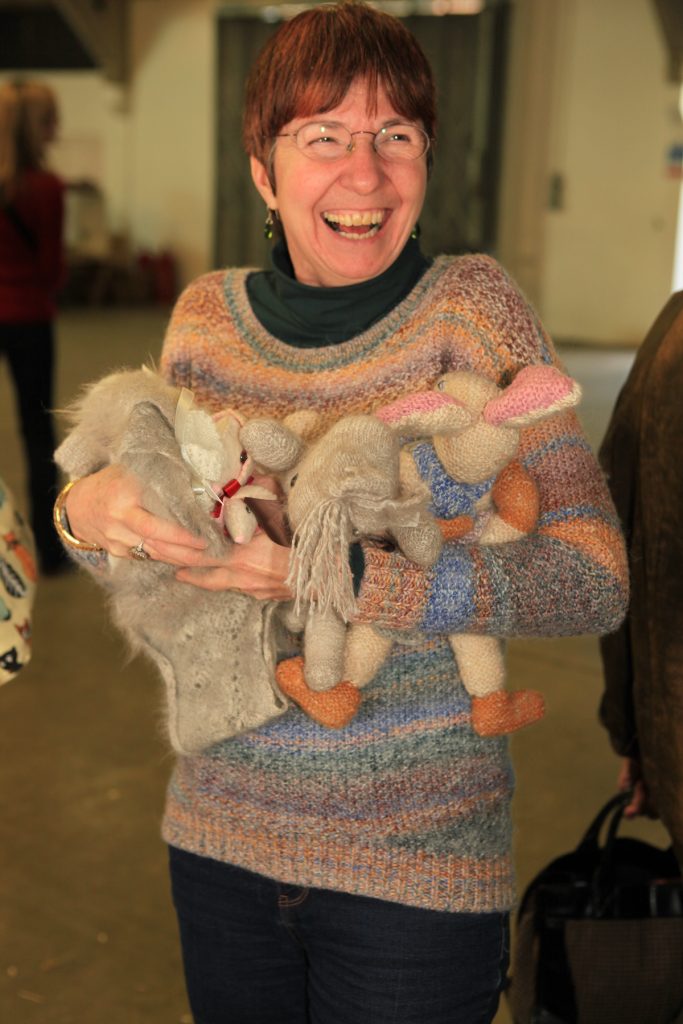
Mrs Chris Hamilton General Secretary for the National Angora Club and to introduce her, here is a short profile about how it all began with angoras. I started keeping rabbits while in junior school but met my first angora at a garden centre pet shop and became his owner in 1986. That was not a safe start for any angora to be sold at a pet shop to a person with no experience, who was not given any advice on how to care for his coat. Thank goodness I knew about rabbit care and so just needed the grooming and clipping lessons.
